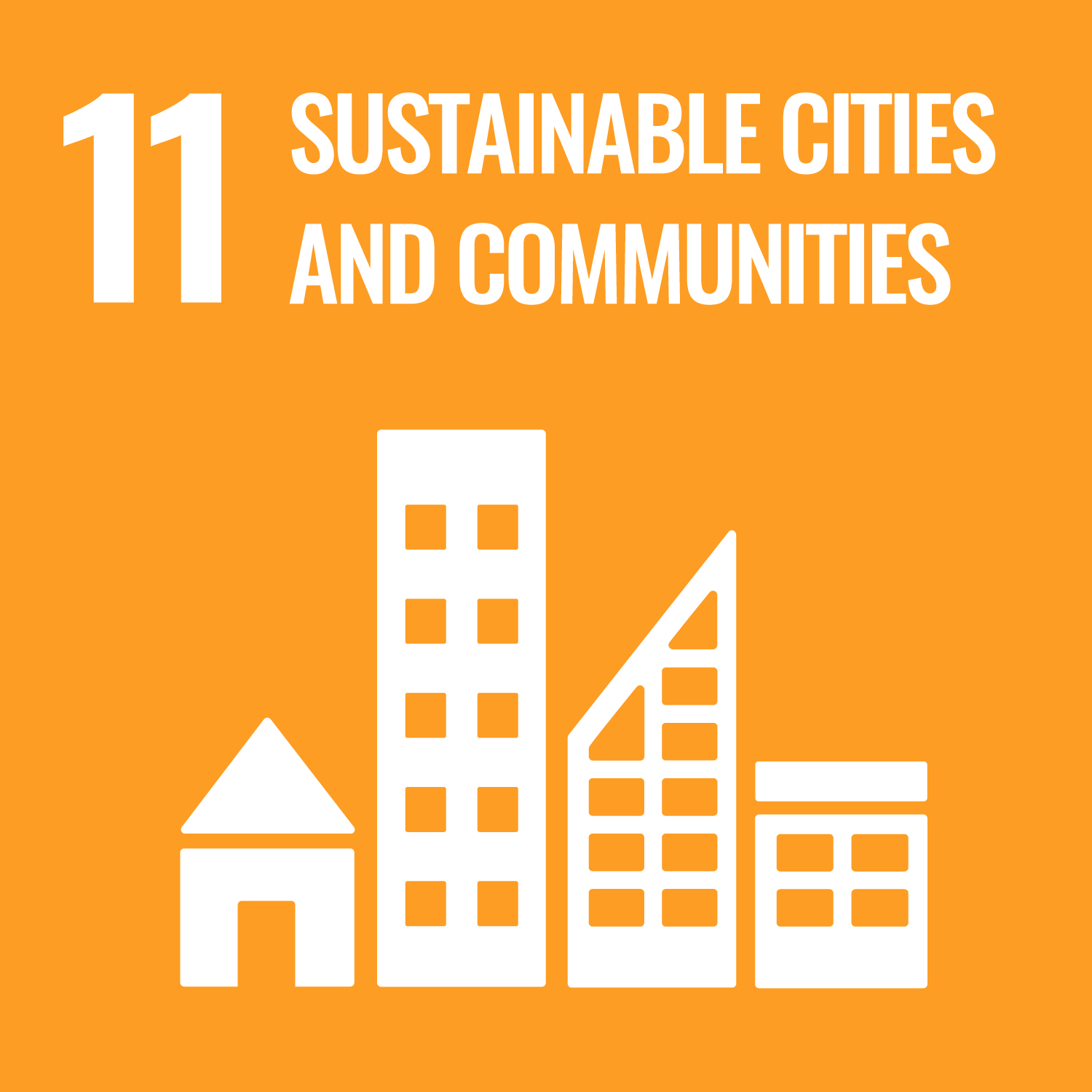Introduction to Urban Planning
To understand outlines of each field in urban planning, their interrelations and the functions and roles of urban planning.
To analyze the relations between current urban trends and urban planning through site visits etc.
The students will understand the various areas of urban planning and their interrelationship and the role and function of
urban planning through case studies.
- To understand the various areas of urban planning(history of city planning, residential environment, master plans, citizen participation, urban development and traffic planning) and their interrelationship
- To understand the role and the functions of urban planning(consensus-building,improvement of residential environment, decrease of disaster risks, promotion of citizen participation, fulfillment of urban development and facilitation of urban traffic)
- To become knowledgeable about the relations between recent urban trends and urban planning through case studies
| Reports(#1-#6) | Discussion(#7) | Total. | |
|---|---|---|---|
| 1. | 30% | 3% | 33% |
| 2. | 30% | 3% | 33% |
| 3. | 30% | 4% | 34% |
| Total. | 90% | 10% | - |
| Class schedule | HW assignments (Including preparation and review of the class.) | Amount of Time Required | |
|---|---|---|---|
| 1. | Introduction: (All teaching staff) Explanation of the course objectives, and the outline and total picture of the lectures | Reading syllabus to grasp the contents of this subject | 60minutes |
| 2. | Special Lecture: Case studies of regional and urban design | Reading the text distributed in advance | 120minutes |
| Writing Report 1 | 180minutes | ||
| 3. | Assessment of Living environment(1): (Sato) Meanings of various indexes on living environment assessment Outline of various indexes on living environment and field survey. |
Reading the text distributed in advance | 120minutes |
| 4. | Assessment of Living environment(2): (Sato) Meanings of various indexes on living environment assessment Meanings and interpretation of various indexes on living environment and field survey. |
Reading the text distributed in advance | 120minutes |
| Writing Report #2 | 180minutes | ||
| 5. | Urban Masterplan (1): (Kuwata) Urban planning area masterplan/ municipality master plan/ local plan (1) Understanding of the concept of Master Plan for City Planning Area with a field trip. |
Reading the text distributed in advance | 120minutes |
| 6. | Urban Masterplan (2): (Kuwata) Urban planning area masterplan/ municipality master plan/ local plan (2) Understanding of the concept of District Plan with a field trip. |
Reading the text distributed in advance | 120minutes |
| Writing Report #3 | 180minutes | ||
| 7. | Citizen participation and community development (1): (Shimura) Significance and methods of citizen participation | Reading the text distributed in advance | 120minutes |
| 8. | Citizen participation and community development (2): (Shimura) Case study on citizen participation | Reading the text distributed in advance | 120minutes |
| Writing Report #4 | 180minutes | ||
| 9. | Urban planning projects (1): (Sakuyama) Public-private-academic partnership projects (1) | Reading the text distributed in advance | 120minutes |
| 10. | Urban planning projects (2): (Sakuyama) Public-private-academic partnership projects (2) | Reading the text distributed in advance | 120minutes |
| Writing Report #5 | 180minutes | ||
| 11. | Special Lecture: Introduction of Regional planning(1) | Reading the text distributed in advance | 120minutes |
| 12. | Special Lecture: Introduction of Regional planning(2) | Reading the text distributed in advance | 120minutes |
| Writing Report #6 | 180minutes | ||
| 13. | Discussions and conclusions (1): (All teaching staff) Student discussions in several groups. |
Reviewing previous lectures to prepare for the discusson | 120minutes |
| 14. | Discussions and conclusions (2): (All teaching staff) Presentation by student groups. |
Reviewing previous lectures to prepare for the discusson | 120minutes |
| Total. | - | - | 2700minutes |
Students are evaluated by the average points of 6 assignments.
In order to pass, students must earn at least 60 points in average out of 100 points.
In order to pass, students must earn at least 60 points in average out of 100 points.
| ways of feedback | specific contents about "Other" |
|---|---|
| Feedback in outside of the class (ScombZ, mail, etc.) |
- Course that cultivates a basic problem-solving skills
- Course that cultivates an ability for utilizing knowledge
| Work experience | Work experience and relevance to the course content if applicable |
|---|---|
| Applicable | Professors who worked in an office of architecture or city planning give lectures about urban design and citizen participation in city planning. |


- 3.GOOD HEALTH AND WELL-BEING
- 11.SUSTAINABLE CITIES AND COMMUNITIES
Last modified : Fri Feb 28 04:09:56 JST 2025
